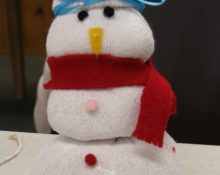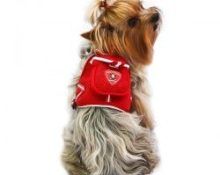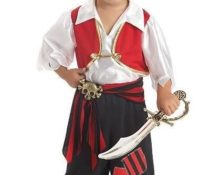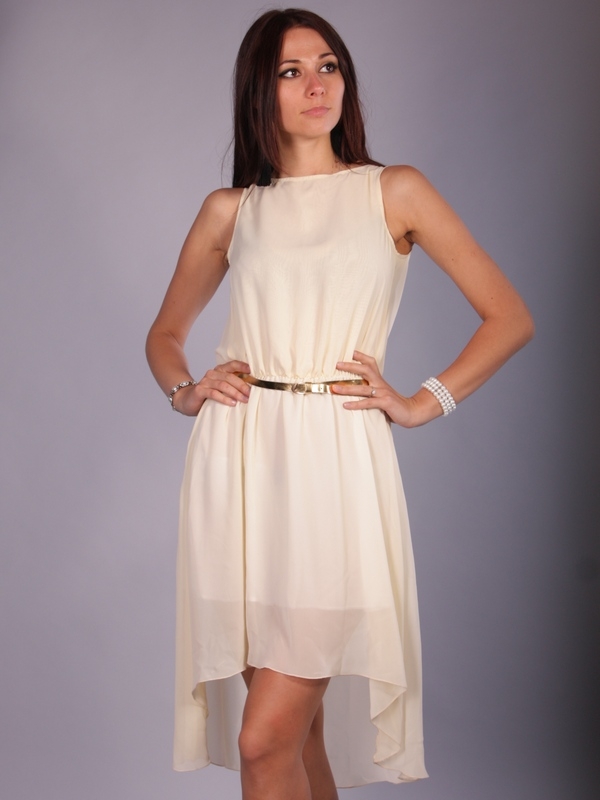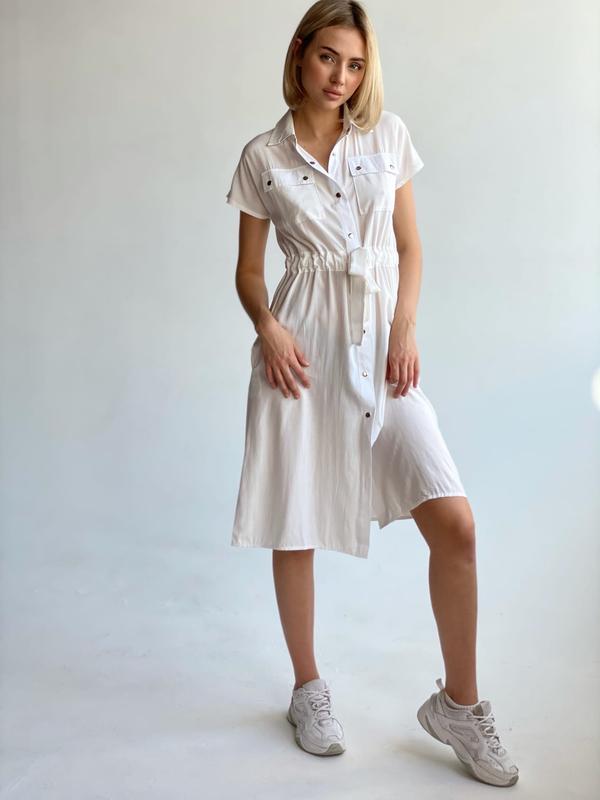
creativecommons.org
Drawstring is an effective and comfortable element of clothing, which is often used in sports-style products. The drawstring is often underestimated, assuming that it has a purely decorative function. But this element can not only significantly improve the appearance of the product, but also make it more comfortable to wear. A professional dressmaker can sew a drawstring into almost any part of the garment and improve the aesthetic appearance of the garment. In this material we will tell you what a drawstring looks like and what it comes in, as well as give recommendations for sewing a drawstring. At the end of the article you can see successful examples of sewn-in drawstrings and photographs of the product.
Kuliska and what it is like
A drawstring is most often called a strip of fabric with a sewn-in cord or elastic band. The drawstring can be secured at the waist, on the sleeves, on collars, on the hood or even the hem of the dress.The most common option is a drawstring at the waist: it not only emphasizes the waist, but also helps bring stretched items back to life. Thus, a drawstring can reduce a product by several sizes and significantly change the style. Depending on the style of clothing, the drawstring takes on different shapes. Thus, in dresses or suits with a classic cut, it can be delicately sewn in the form of an elastic band, and in sports suits, the drawstring is most often designed in the form of a folded edge of the fabric with a rope inside, with which you can adjust the size and degree of tightening. The most common type of product with a drawstring is tracksuits, which today have become universal clothing for home, walking, going to the park with friends, and some can even wear such suits to work. The last type of product is called relaxed chic: most often, work tracksuits are made from high-quality fabric, and the fittings suggest that the owner can go out in such a suit not only for coffee, but also to meet with colleagues. Drawstrings are no less popular in boho-style products, or more precisely in dresses where such elements are sewn in at the waist. Globally, drawstrings are divided into one-piece and non-one-piece, depending on the material and the tailor’s imagination. Traditionally, one-piece drawstrings are found in children's clothing and tracksuits; in other cases, the designer's choice is quite random and depends on the initial idea.
The very versatility of the drawstring is also impressive: theoretically, it can be sewn almost anywhere (an exception may be an evening dress or a formal business suit).Drawstrings are used as ties on shorts or skirts, on dresses, tops and even on shirts. Interior designers also quite often use drawstrings to complement curtains or tulle.
What you need to sew a drawstring
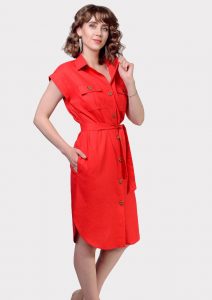
creativecommons.org
For beginners, it may be difficult to immediately sew the drawstring into the finished product. If you don’t have much experience in this matter, but have a desire to understand the mechanics of the process and do everything yourself, then it’s better to first practice on old things that you don’t mind spoiling. Get ready that it won’t be possible to replicate the famous “relaxed chic” the first time.
- A piece of fabric that matches the color and texture of your product.
- The pattern is presented at the end of this article.
- Sewing supplies (threads of matching color, scissors, chalk for markings and needles).
- Rope, twine or elastic (depending on your preference).
- Sewing machine (optional, but highly recommended, because this way you can complete the job faster and the seams will be smoother).
- Ribbon or cord for tying.
Step-by-step master class for making drawstrings
Be prepared that the work may take a long time. In this master class we will show you how to sew a drawstring with an elastic band. Prepare a piece of elastic by first measuring the required length along the model’s waist. Add 2.5-3 centimeters to the resulting girth and cut a piece. The width of the drawstring should be 2.5-3 centimeters wider than the elastic band. Let's take a straight-cut dress as an example. Measure in advance the width of the product in the area where the drawstring will be sewn.
- Prepare the fabric of the desired color, connect it in half, right side inward.
- Trim the seam allowance that goes to the waist.
- Press the seam allowances up and turn in the top, wider seam allowance by 5mm.
- Sew along the entire length, insert the missing piece of fabric if necessary, leaving a small hole for the prepared elastic.
- Insert a pre-prepared elastic band and sew the ends with a fitting seam.
- Estimate the product and adjust if necessary.
- Finish stitch the ends of the elastic.
- Additionally, sew or topstitch the drawstring.
- Reinforce the edges of the holes with additional squares of fabric in a matching color.
- Make the holes in the form of a welt loop and sew the edges.
- Secure the ends with a ribbon or other tie.
- Baste and fasten the seam again.


 0
0